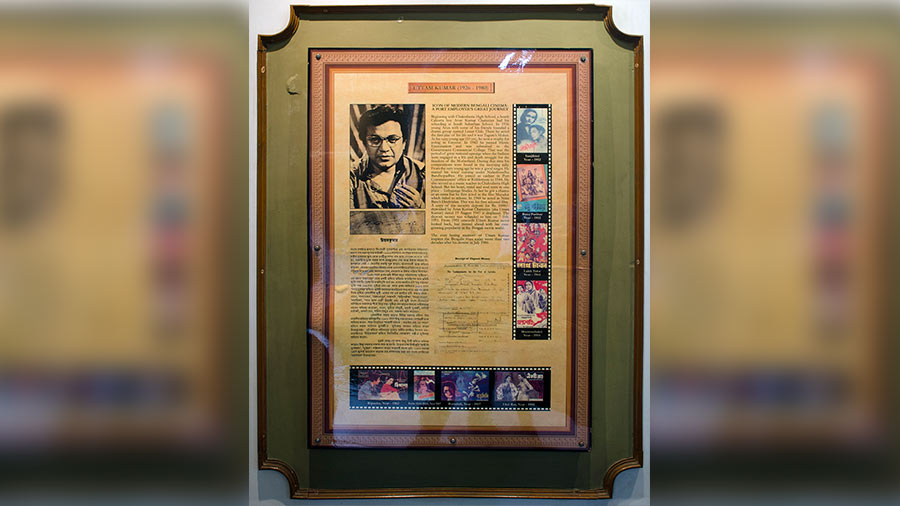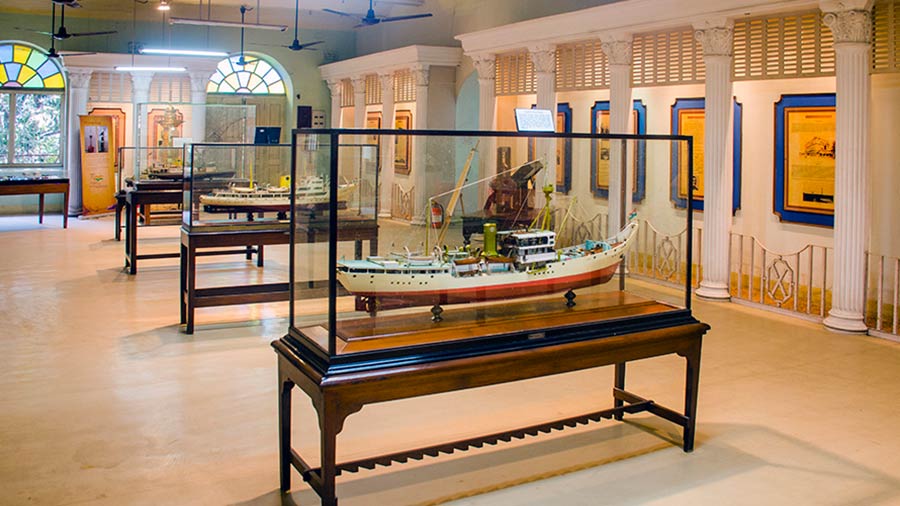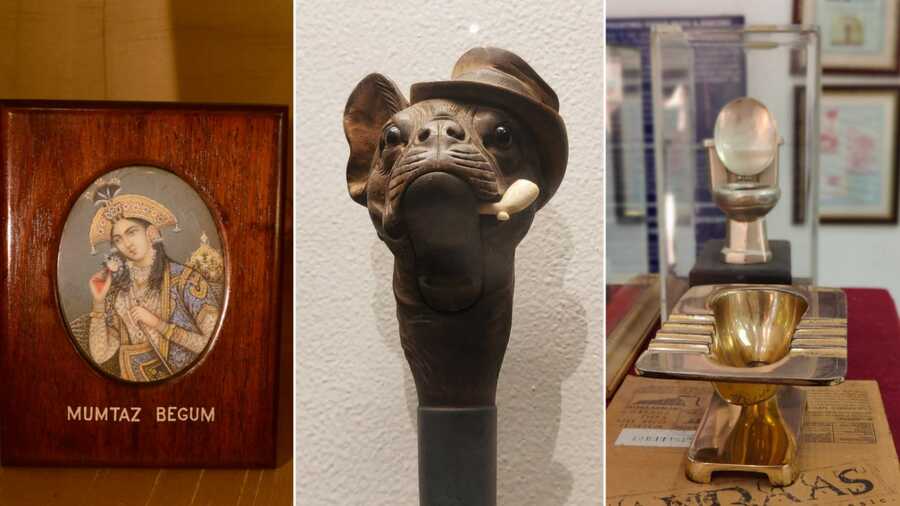In 1944, young Arun Kumar Chatterjee joined the Calcutta Port Trust as a cashier. On August 19, 1947, he had to make a security deposit of Rs1,000 to the Port Trust. But crunching notes and coins was never his cup of tea. His world revolved around movies, and in 1948, he made his debut appearance in a Bengali film, Dristidan. After that, there was no looking back for him. You probably would have understood by now, he was none other than Uttam Kumar, the Mahanayak (Great Hero) of Tollywood. The copy of the security deposit is now displayed at the Kolkata Port Trust Maritime Archive and Heritage Centre, along with several other exhibits narrating the history of Kolkata’s riverine port.
Located on Strand Road, the Maritime Archive and Heritage Centre tells many a tale, narrating the history, development and even the future of the port. Inaugurated in 2009, it is located on the top floor of an old warehouse, sharing space with the office of the chief vigilance officer.

The story of Uttam Kumar and his port connection displayed at the museum
The Heritage Center is spread across two large halls exhibiting various models of ships, cranes, lighthouses and other equipment used by the port. Also on display are marine equipments, like telescopes, compasses, lanterns, buoy lights and many more. The walls are lined with framed panels consisting of photos, documents and write-ups narrating the history of the port and many of its related aspects.

Model of a dispatch vessel
The Calcutta Port officially started operations in 1870, but the history of the maritime trade in the area goes much further back. The panels narrate the story of Gangaridai and the port of Saptagram with an interesting mix of history and mythology. The story continues with the development of the port and the construction of the Howrah Bridge during World War II. The stories cover a wide range of topics ranging from the imperial visit of George V to Rani Rashmoni’s legal battle for fishing rights on the river, and from records of ship wrecks to the transportation of indenture labours across the 'Kala Pani' to far-off lands.

Rani Rashmoni and her legal tussle for fishing rights in the Hooghly River
The stories continue with the voyages of Raja Rammohan Roy and Darawakanath Tagore to England and the notorious event of the firing on passengers of Komagata Maru ship at Budge Budge. The panels tell the tale of the Japanese bombing of the docks and the success of the ice trade with America.

The 100-foot-long steel tape used in the construction of the Howrah Bridge
Several model ships are on display at the maritime centre, including towing vessels, dredgers and dispatch vessels. Also on display is a model of a crane. Among the equipment displayed is a 100-foot-long steel tape used during the construction of the Howrah Bridge. The steel used was specially made and had negligible length variation with the fluctuation in temperature. Other equipment include varieties of buoy and buoy lights, a mariner’s telescope, sextant, binoculars, ship steering wheels and more.
Necessary Information:
- Open, Monday – Saturday, 10:30 am – 4:00 pm
- Entry free
- Photography is not allowed


